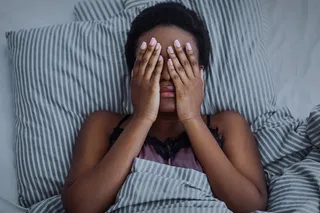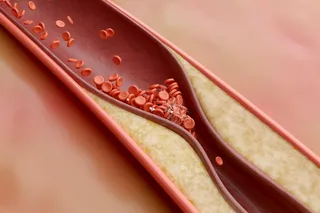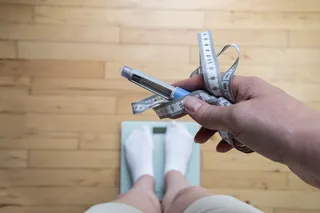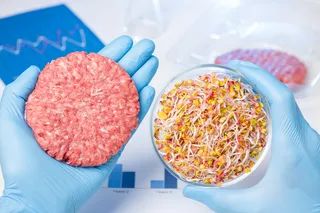I'm back from dinosaur hunting, no worse for wear, save for the indignities suffered upon me by Delta Airlines on the trip home. A brief report will be forthcoming. But a looming event demands our attention: tonight's NBA draft, the process by which the world's most promising young basketball talent is apportioned to the Association's various teams. A process, which, by all accounts, is in serious need of fixing. But don't worry, I have it figured out. (Hey, I was stuck in airports for over eight hours.) The basic problem is one that is common to the draft process of most professional sports leagues: the draft rewards failure. The teams that finish at the bottom of the season's standings get to choose first in the draft, funneling the best players to the worst teams. The motivation, of course, is fairness: the good teams have had their chance at success, let's ...
Fixing the Lottery
Explore the NBA draft process and its flaws, revealing the need for a new system to deter teams from tanking games.
More on Discover
Stay Curious
SubscribeTo The Magazine
Save up to 40% off the cover price when you subscribe to Discover magazine.
Subscribe












